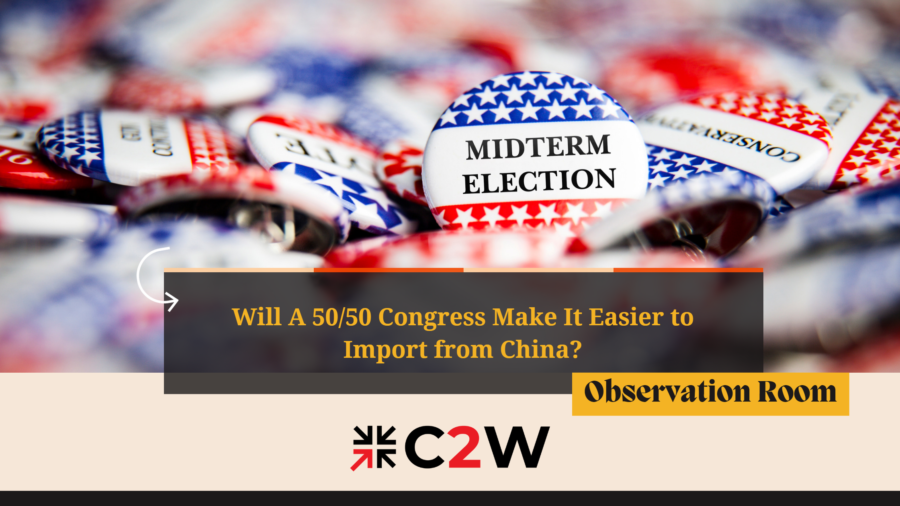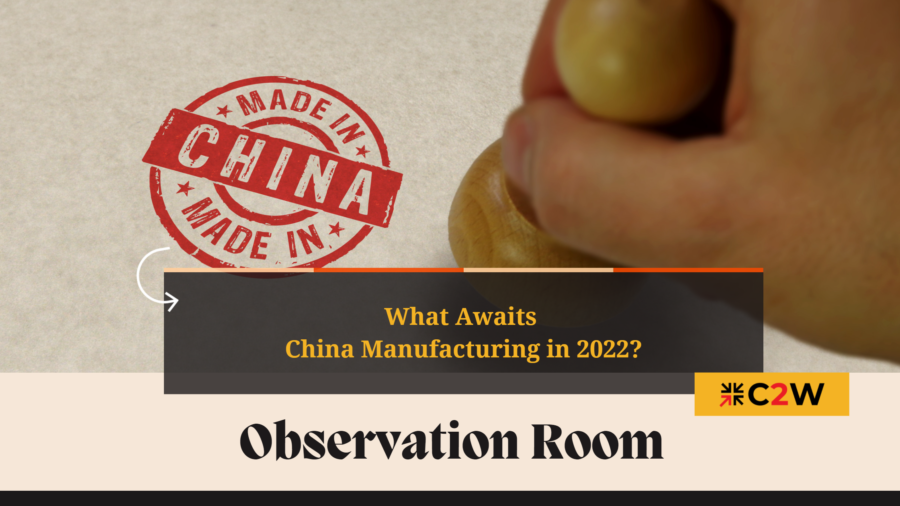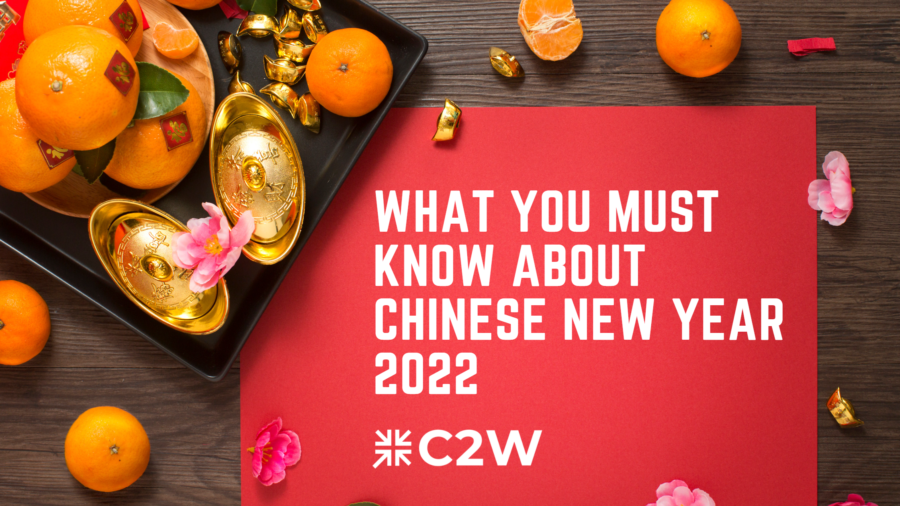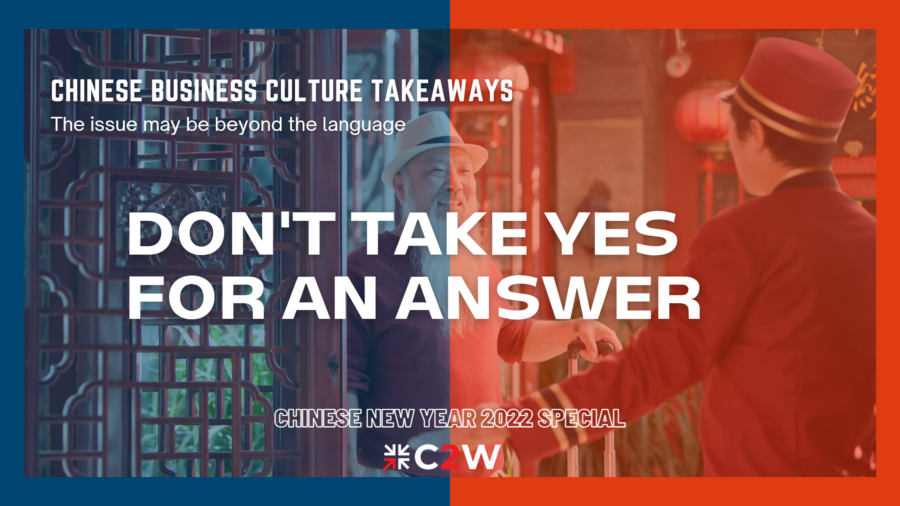Although the midterm elections won’t be officially concluded until after Georgia breaks the tie of its Senate race in December, it’s clear the power dynamics in the US Congress will be shifted – just not much.
The Democrats’ Senate control turned the much-anticipated Red Wave into a Red Mirage. The Republican Party is on track to win the House – in a race so close that Republicans have launched into a finger-pointing blame game within the party.
However, as much as the GOP has underperformed, the overall landscape is not much different than before the elections. A still divided Congress, just a power swap in the lower chamber, echoing the divisive state of the American partisan politics.
But one issue can still unite the country — China.
A tougher China strategy has been backed with bipartisanship and public support all along, even more so since the Chinese President Xi Jinping took power.
The trade policy with China is one of the hot topics of the US-China relations, and concerns a majority of American businesses, especially those with economic ties to the Middle Kingdom, ranging from its consumer market and manufacturing sector, given China’s dominant role in global supply chain.
What should we make of the elections in terms of trade relationships with China?
Politicians Blame China on Everything, Voters May Not
Yes, China is really unpopular among Americans, but does it mean the American public resents China for all the problems?
As much as Americans uphold their negative perceptions of China, many of them may also agree to one thing – that the more underlying culprit of their economic headaches here is probably not the country thousands of miles away across the ocean.
Ohio saw one of the most competitive races this time between Tim Ryan, a seasoned Democratic politician, and J.D. Vance, the author of the New York Times best-seller, “Hillbilly Elegy”, and venture capitalist.
In the history of the major Rust Belt state, its glorious chapter of having a world-serving manufacturing industry that had fed thousands of local families, once made the then blue collar-leaning Democratic Party a darling there.
But it later chose to embrace globalization and lost the working class there for the time being, while Trump took over their preference, just as how Ohioans lost their industrial pride to emerging manufacturing hubs, like China.
Neither of the candidates shies from trade and tech nationalism to counteract China, but Tim Ryan decided to go all-in by campaigning 360 on anti-China messaging, even to a point where Asian American communities protested. He also accused Vance of profiting from companies with outsourced jobs in China.
Vance’s stance on China is nothing softer by commending tariffs, the CHIPS Act, and more military response against Beijing for Taiwan, but he also attributed Ohio’s industrial downfall to something deeper than China, a failed leadership.
At the election night, Vance was declared as the winner, one of the earliest swing states called, by 7%, a moderately large margin for a tight race this time.
He was not the only winner in a swing state that experienced similar accusation. Ron Johnson(R) from Wisconsin was reported to have financial links to China two months before the election, but still ended up winning Wisconsin.
Inflation played into the Red Wave hype, but it doesn’t mean voters directly blamed China on this issue as many candidates did. The great loss of Trump-backed candidates, who have even exacerbated their endorser’s anti-China ideology, somehow indicates that voters might not buy into this narrative, or at least this narrative did not take precedence over other issues as they had hoped.
For some voters, they want a stronger leadership that can fight for a better deal and make America more self-reliant, simply put, getting things done, instead of casting blame on another country.
In light of that, although trade conservatism is still a tailwind and no one can dial down significantly anytime soon, as inflation is still a priority on voters’ mind, we may still be able to see a little hope of easing on imports in order to tame down high prices. The previous solar panel initiative is an example.
Don’t forget President Biden put the Trump-era tariffs on hold, so its fate can go either way.
Trade Agreement May Be Back on Agenda, In Disguise
A trade agreement is a major product of globalization, just like Trump of deglobalization.
So when he was elected into the office, it made perfect sense that he decided to withdraw from the TPP(Trans-Pacific Partnership), especially when the withdrawal reached bipartisan consensus.
His departure signaled a tone shift of the Republican Party, formerly known as pro-free trade, toward protectionism, as the party is now more well-received among the blue-collar voters.
But now, the hiatus of a new trade agreement starting from the Trump era may be over soon.
Both chambers of the Congress have trade committees, but the Senate wields more power on foreign relations.
With Democrats’ soon-to-be status as the Senate majority and a margin of only a few seats in the House, Biden’s trade prospect will be afforded greater flexibility for legislative scrutiny, and foreign policy will be an alternative shelter from obstructions against trade liberalism.
In addition, China’s efforts in expanding their multilateral trade alliance have also sounded alarm in the US, including the GOP, which seems to be seeing a comeback of a free trade sentiment. A large number of Americans also agree that the US should enhance its influence in Asia to counter a rising China in the region.
Yet Biden has already pledged to bring back manufacturing jobs to the stateside, and the Dem has not given up on winning back the heart of American labors and unions, especially after this midterm.
In that case, a trade agreement will have to come in another form so as to not irritate voters.
The launch of Indo-Pacific Economic Framework for Prosperity (IPEF) by President Biden in May this year is a one signature example. It is merely an economic initiative at this point, but the Biden administration can utilize the public and congressional demand for more aggressive trade policies to turn it into something more substantial and rule-based resembling TPP, by not calling it a trade agreement.
This initiative is enough to unsettle China, for its noteworthy inclusion of almost all the major players viewed as competitors with potential to replace China in global supply chain, such as India and the primary members of the ASEAN.
China is still the largest importer for the US, which is the cause of the dire anxiety over a high level of American reliance on imported consumer goods, as this has been believed to hurt its economic security and the Biden administration has been advocating on diversifying American supply chain.
Biden has only two years left for this term, and with the beautiful results delivered in this midterm, there’s a pretty good chance he may run again in 2024. In that case, his next big move on trade may be to advance the IPEF.
Who will be one of the beneficiaries if this truly happened? Quite likely Southeast Asia.
Be Neither Too Optimistic Nor Too Pessimistic on US-China Relations
In the recent G20 Summit in Bali, Indonesia, the leaders of the two most powerful nations met in person for the first time since COVID.
President Biden and President Xi shook hands with quite a smile, especially the latter who has been perceived to be restrained in public events, so bright that the press was even amazed, followed by unexpectedly friendly interactions partly stemming from their history of personal contact, contrasting the harsh reality of rivalry between the two countries in the past three years.
Both of them came here with good news of their leadership, one with satisfactory midterm results, and the other his norm-breaking third term in the pocket.
The settlement of domestic issues may have given the two leaders more space on handling foreign relations, much less bound by internal pressures to be hardline on one another, and more tolerance for compromise.
This is just another indication of the competitive nature of the US-China relations, constantly combative, but still mutually needed.
Chips is one issue that vividly reflects this notion.
Apple just announced the plan to source chips from Arizona in 2024. It is widely believed to refer to the manufacturing plant currently in development by Taiwan Semiconductor Manufacturing Co.(TSMC), which is a very important chip supplier for Apple.
The factory is seen a landmark success of the Biden administration’s series of countermeasures against China’s growing influence in the tech sector and the boost of domestic manufacturing industry.
Not just chips, it’s also extra sensitive when it comes to Taiwan. President Xi just warned that Taiwan is China’s “big red line” during his meeting with President Biden.
With a new production site located in the states and semiconductor being such a strategic resource related to national security, the Taiwan issue will become even more complicated than ever, as both countries have even more leverages here, which will further impact the US-China relations.
Don’t have your hopes up that we can go back to where we were before, but also remember all these liabilities determine a certain amount of self-restraint between the two.
It’s always good to prepare for the worst, but also plan for the best, even more so when you straddle between the two superpowers. But at the end of the day, as long as they need each other in a strategic way, there’s still hope for business opportunities.
The trend of the “China Plus One” strategy to diversify supply chain and lower risk has proved the common adoption of this mindset of preparing for two different scenarios. The manufacturing capabilities of China is still strengthening, and Southeast Asia will be a perfect choice for you as a backup as well as a promising land.
But you may need someone with experience and resources to guide you through this.
C2W has expanded its footprint into Southeast Asia for years along with its foundation built its 17 years of manufacturing in China. We know how to integrate the best resources of different regions for the most optimized manufacturing solutions for your product. Call us today, and let us help you create a safe net for your product.




